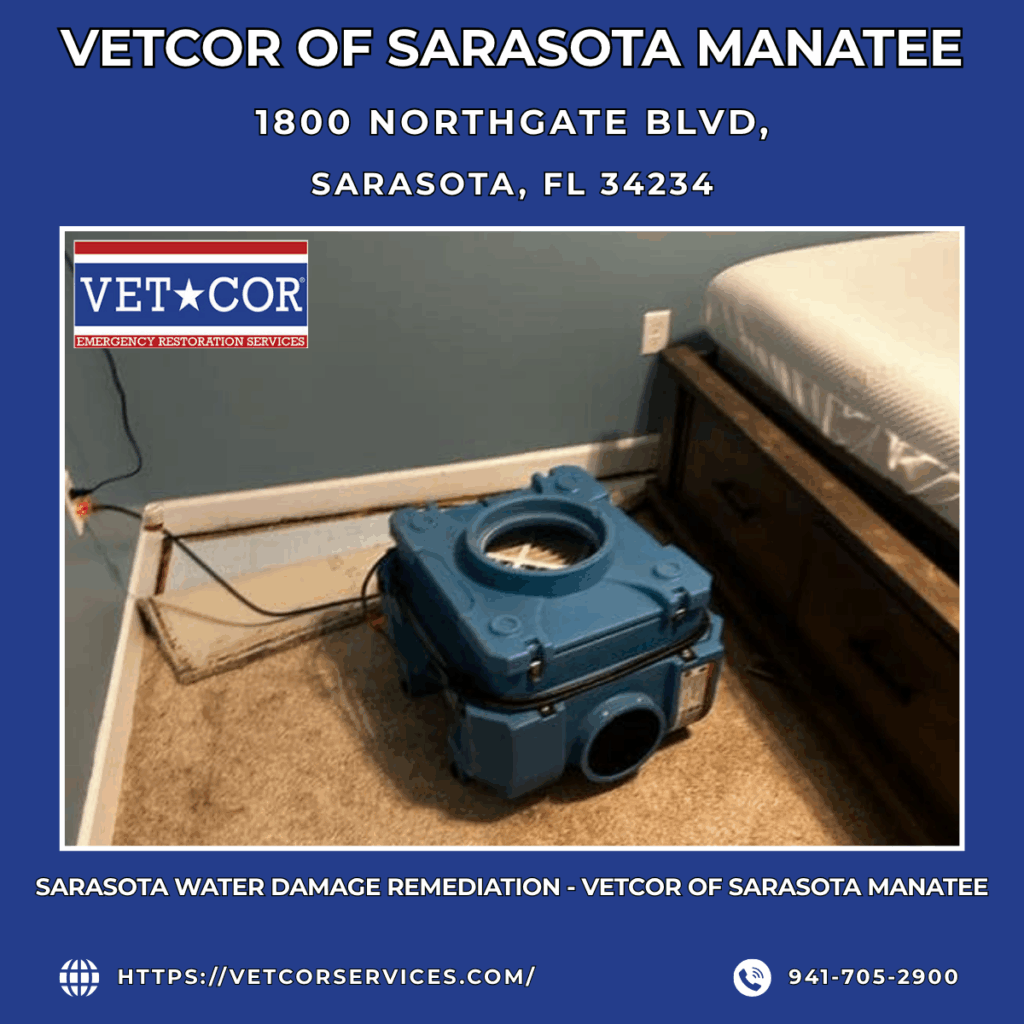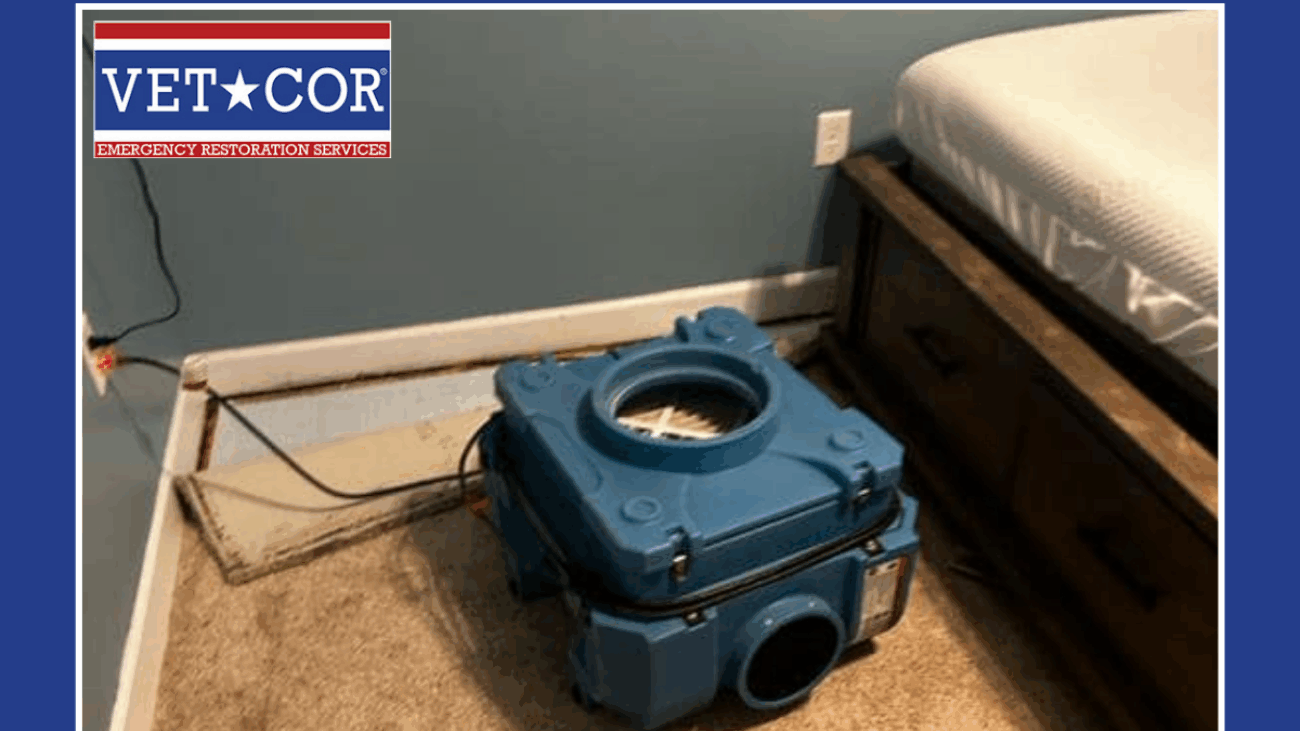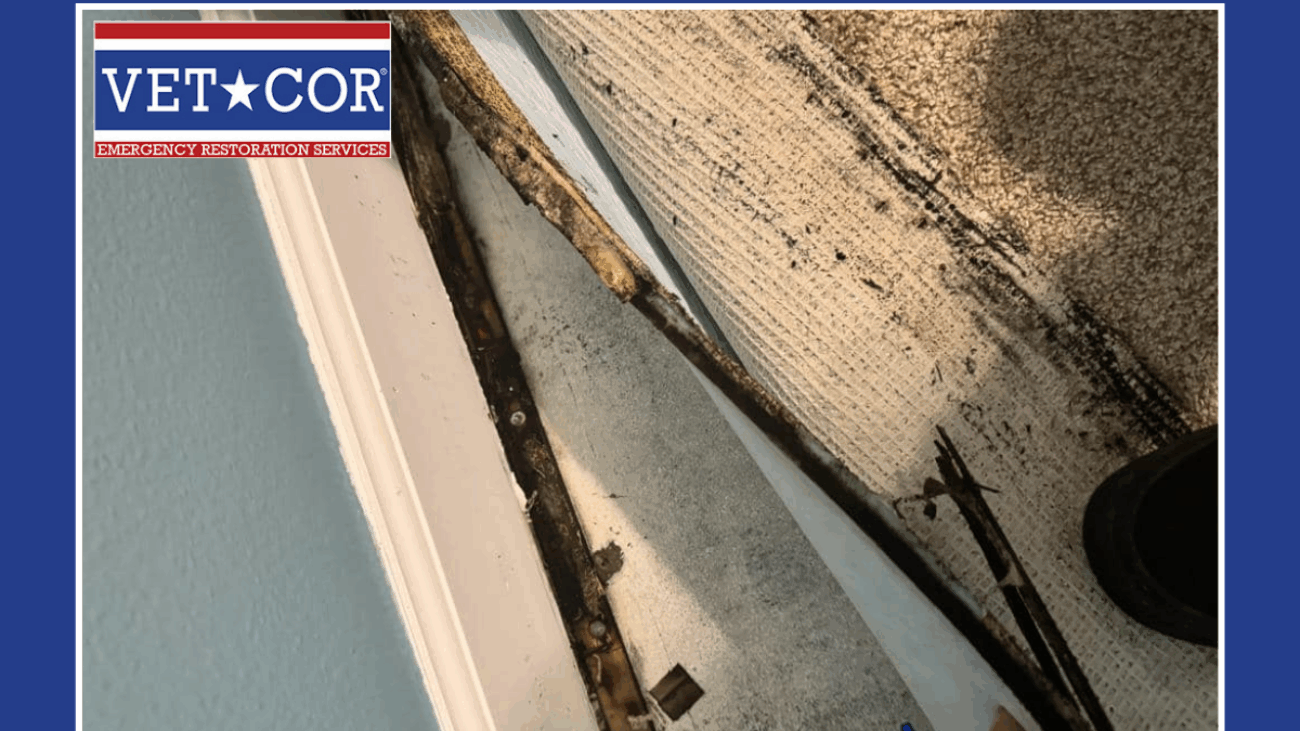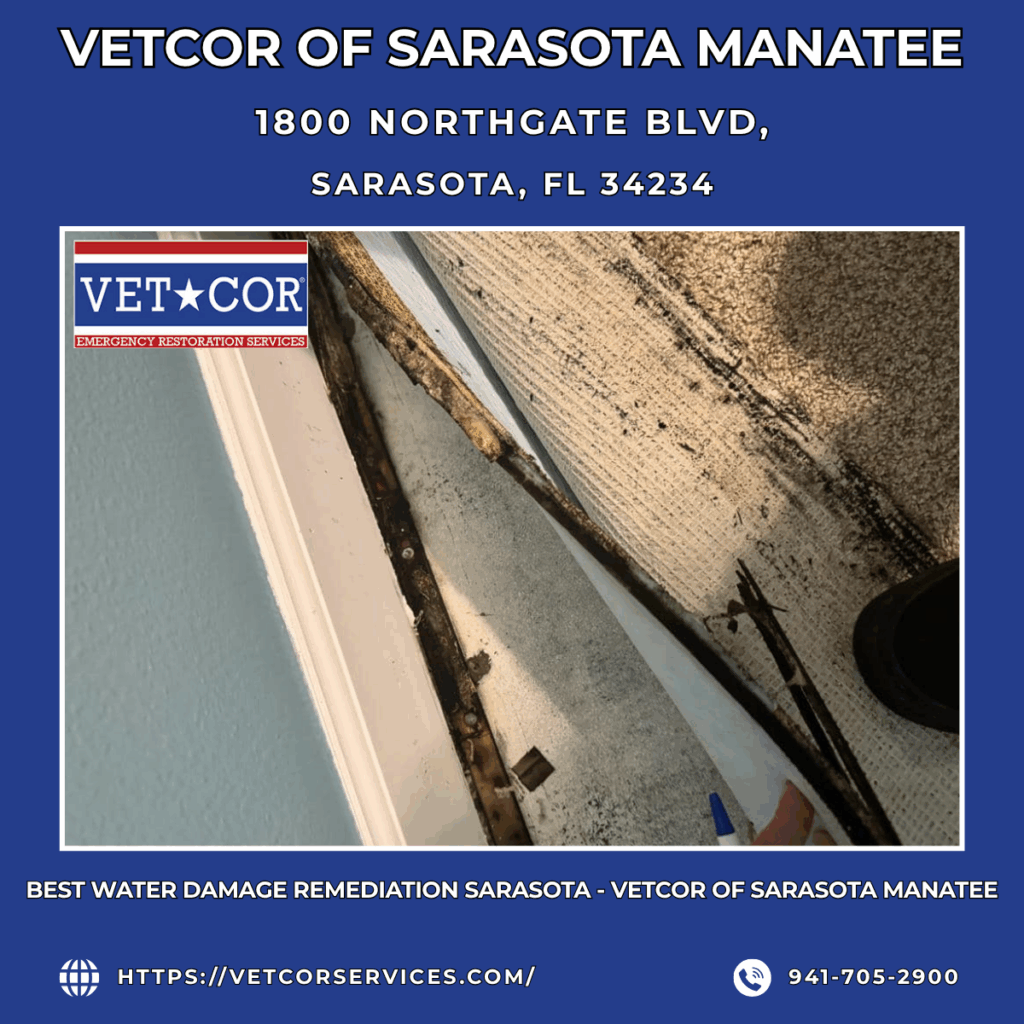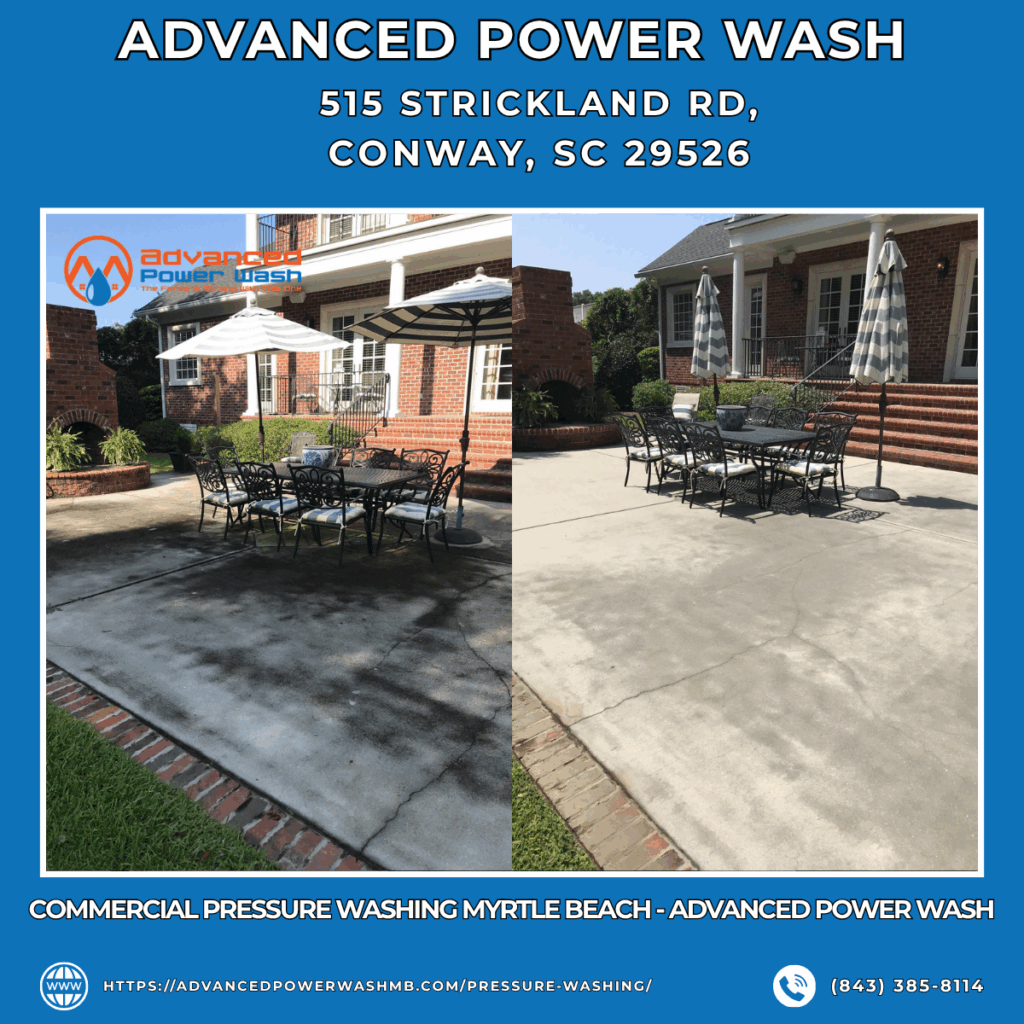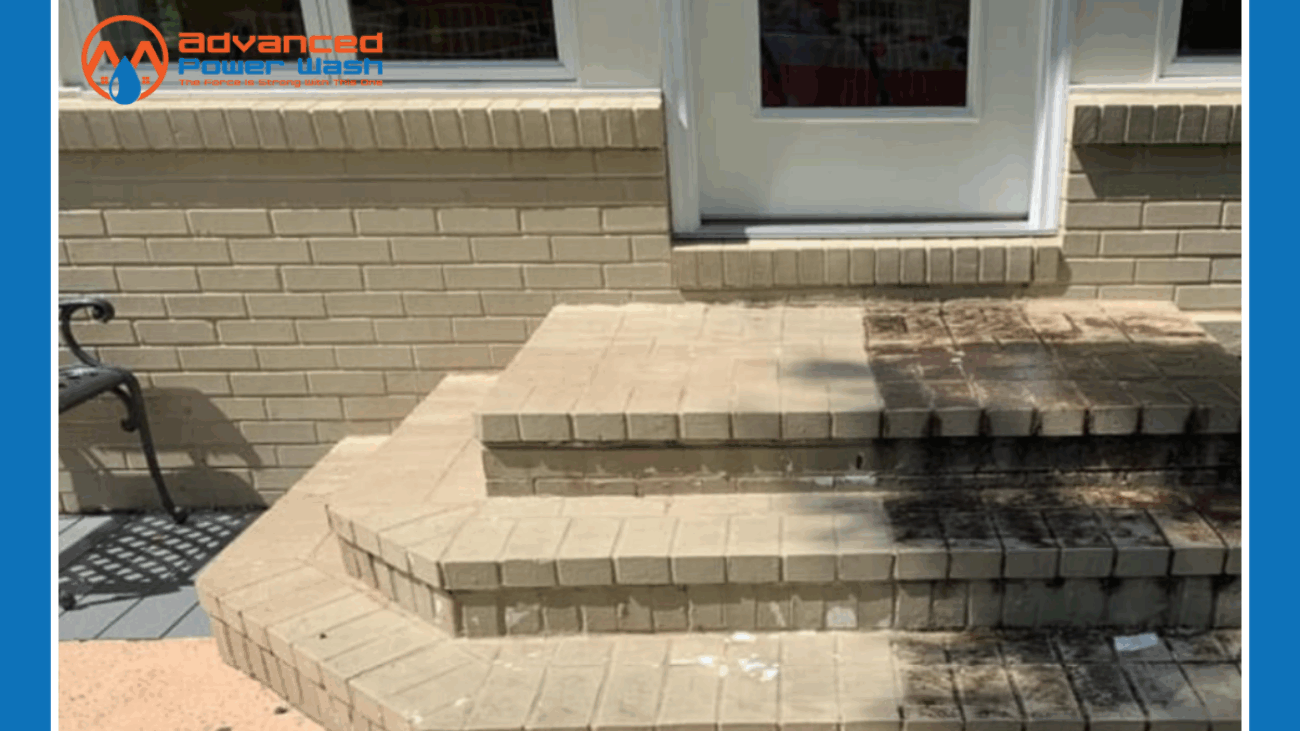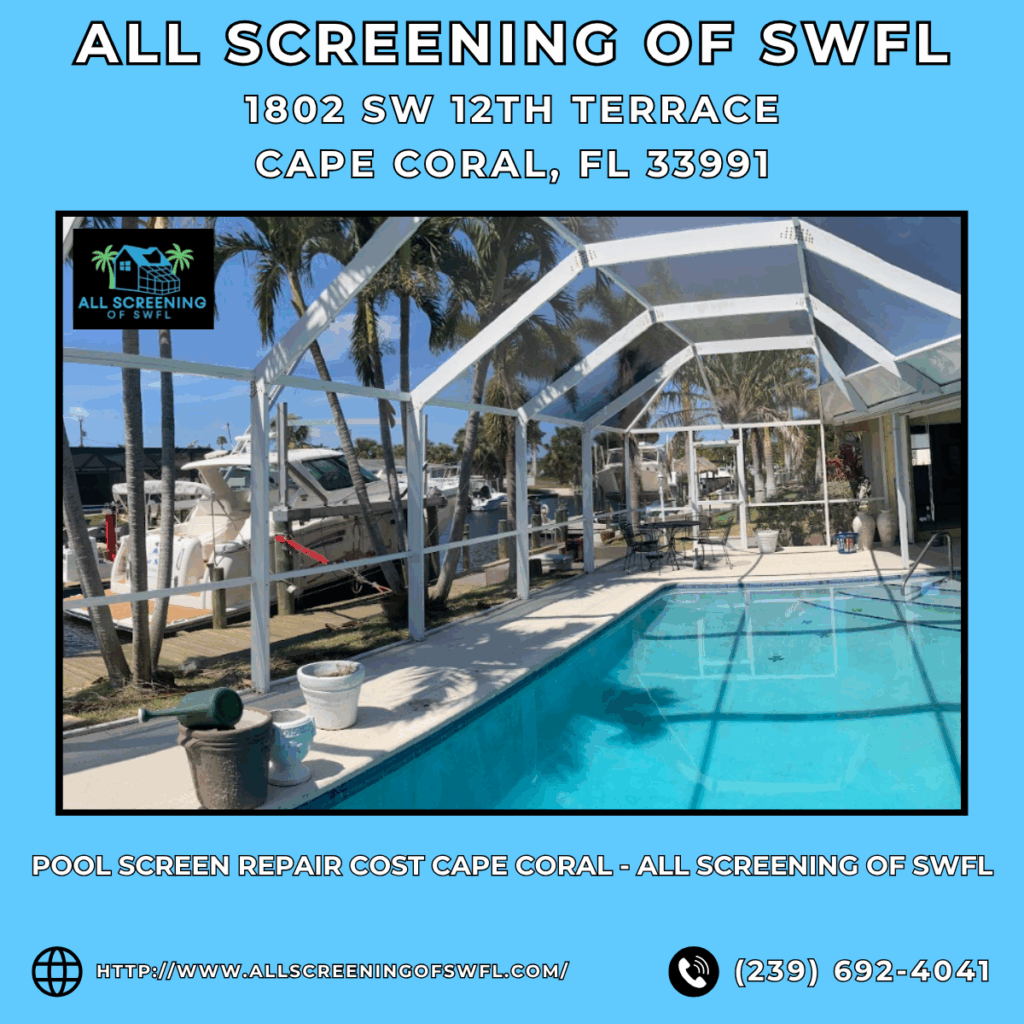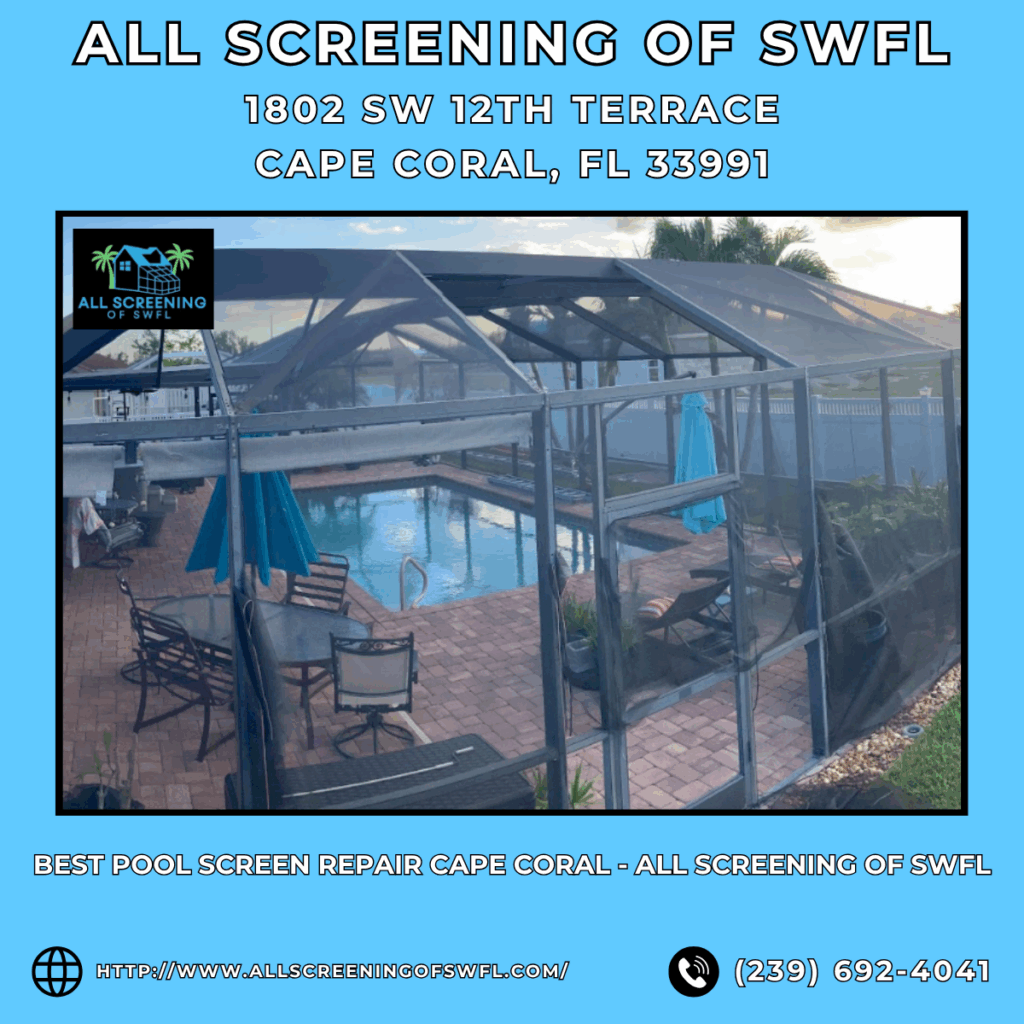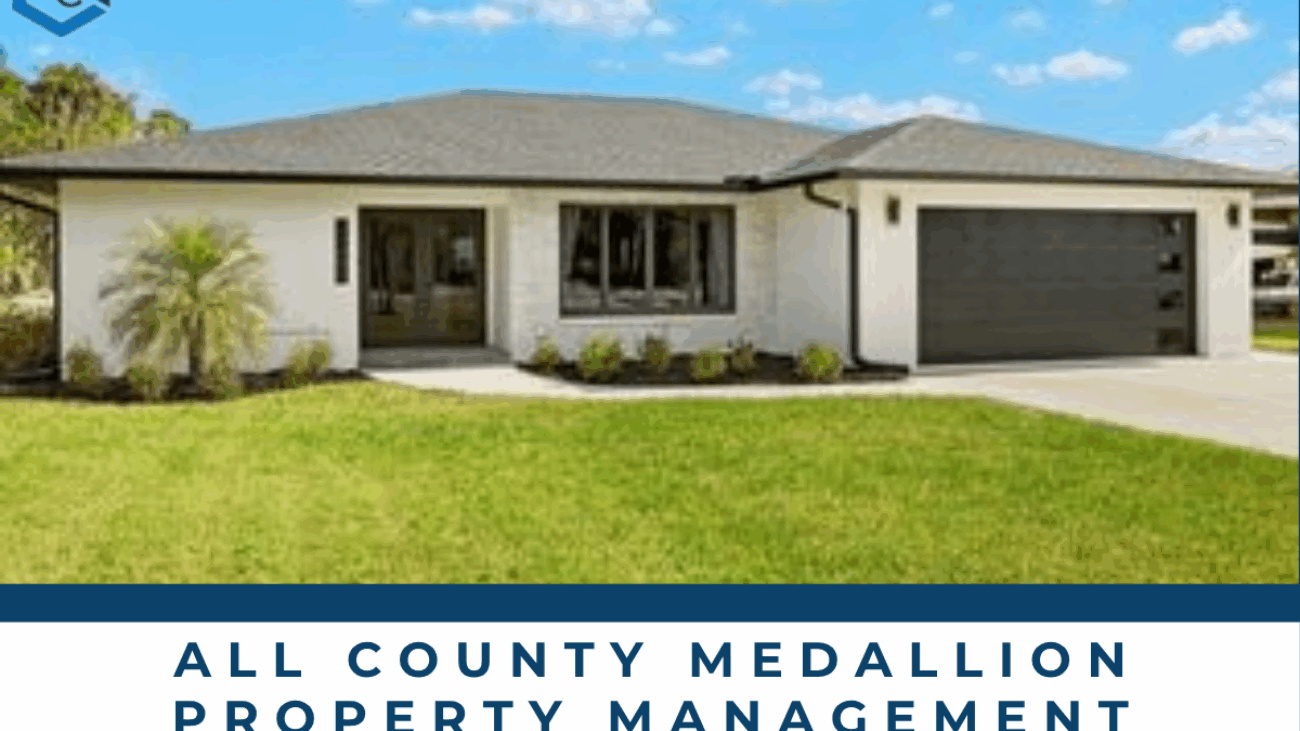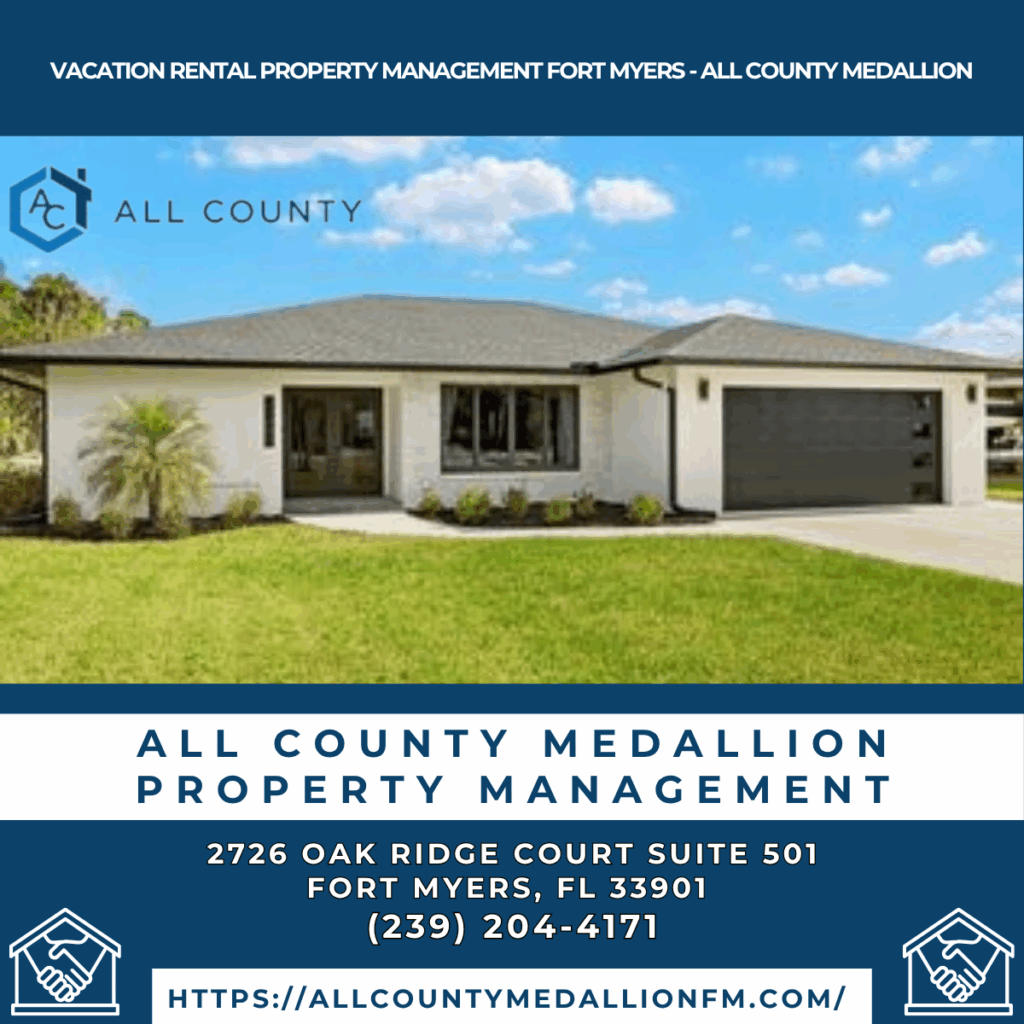Why Quick Water Damage Remediation Is Critical
Water damage emergencies demand immediate attention to minimize destruction and protect your Sarasota property investment. Every minute that passes after water intrusion increases the potential for permanent damage, escalating repair costs, and health hazards. Understanding the urgency of professional intervention empowers property owners to act decisively when disaster strikes.
The science behind water damage progression reveals why time is so critical. Within the first hour, water begins absorbing into porous materials and spreading throughout your property. Furniture finishes may begin deteriorating, and dyes from carpets and fabrics can bleed, causing permanent staining. By the 24-hour mark, drywall begins swelling and breaking down, metal surfaces show early signs of tarnish and rust, and the musty odor characteristic of water damage becomes noticeable.
Between 24 and 48 hours, the damage accelerates dramatically. Mold and mildew growth begins, posing serious health risks to occupants. Wood flooring may swell and warp beyond repair, and metal components continue corroding. Drywall deterioration advances, often requiring replacement rather than simple drying. This is when Best Water Damage Remediation Sarasota professionals make the greatest impact, intercepting the damage progression before it becomes catastrophic.
After one week of water exposure, structural safety concerns emerge. Wooden support beams may experience serious structural damage, and mold colonization spreads throughout affected areas and beyond. Restoration costs multiply exponentially, and complete reconstruction may become necessary. This timeline underscores why immediate professional response isn’t just recommended—it’s essential for protecting your property and minimizing financial loss.
Beyond physical property damage, delayed remediation creates health hazards for occupants. Standing water and excessive moisture promote bacterial growth and mold proliferation, triggering respiratory issues, allergic reactions, and other health problems. Children, elderly individuals, and those with compromised immune systems face particular risk. Professional remediation eliminates these hazards, restoring safe living conditions.
Water Damage Assessment and Inspection
Professional water damage assessment establishes the foundation for effective restoration by identifying all affected areas and determining optimal remediation strategies. This systematic evaluation process employs advanced technology, scientific methodology, and experienced judgment to create a comprehensive understanding of damage extent and necessary interventions.
The assessment begins with water categorization according to contamination levels. Category 1 water originates from clean sources like supply lines or rainwater, presenting minimal health risks. Category 2 gray water contains some contaminants from sources like washing machines or dishwashers, requiring careful handling and specific cleaning protocols. Category 3 black water is severely contaminated from sewage backups or flooding, demanding extensive safety measures and often necessitating material removal rather than restoration.
Water damage is further classified by class, indicating evaporation rate and moisture absorption. Class 1 damage affects minimal areas with low moisture absorption, making restoration relatively straightforward. Class 2 involves significant water absorption and affects larger areas, requiring more intensive drying. Class 3 represents the fastest evaporation rate with water coming from overhead sources, saturating walls, ceilings, insulation, and subflooring. Class 4 specialty drying situations involve materials with extremely low moisture permeability like hardwood floors, requiring specialized equipment and extended drying times.
Technicians document affected areas through detailed measurements, photographs, and moisture readings at multiple locations. This baseline data guides restoration efforts and provides essential documentation for insurance claims. Regular monitoring throughout the drying process tracks progress and ensures moisture levels reach safe thresholds before reconstruction begins.
Identifying Hidden Damage
Hidden water damage often exceeds visible surface damage, creating dangerous structural weaknesses and health hazards concealed from view. Water’s ability to travel through building materials means the wet area you see might represent only a fraction of actual damage. Professional inspections employ specialized tools and techniques to reveal this concealed damage before it causes catastrophic failures.
Moisture meters provide quantitative readings of moisture content in various materials. Pin-type meters insert probes directly into materials for accurate readings, while pinless meters use electromagnetic technology for non-invasive surface scanning. These devices identify moisture gradients, helping technicians understand water migration patterns and locate saturation concentrations requiring intensive drying efforts.
Infrared thermal imaging reveals temperature differences indicating moisture presence behind walls, ceilings, and floors. Wet materials appear cooler than surrounding dry areas due to evaporative cooling, creating distinct thermal signatures visible through thermal cameras. This technology allows comprehensive scanning of large areas quickly, identifying problem zones without invasive exploration.
Borescopes and inspection cameras enable visual examination inside wall cavities, under floors, and in other confined spaces without major demolition. These tools confirm moisture detection readings and assess structural component conditions, including wooden framing, insulation condition, and hidden mold growth. Visual confirmation guides strategic demolition, preserving undamaged materials while ensuring complete damage exposure.
The consequences of overlooking hidden damage include ongoing moisture problems, progressive structural deterioration, persistent odors, and recurring mold growth. Best Water Damage Remediation Sarasota professionals invest in advanced detection technology and continuous training to ensure no damage escapes notice, protecting your property investment and your family’s wellbeing.
Mold Prevention and Remediation
Mold remediation represents a critical component of comprehensive water damage restoration, particularly in Sarasota’s humid subtropical climate. Florida’s warm temperatures and high humidity create ideal conditions for rapid mold proliferation following water damage. Effective mold prevention requires aggressive moisture removal, environmental control, and antimicrobial treatments administered by trained specialists.
The key to mold prevention lies in rapid drying combined with proper ventilation. Professional-grade dehumidifiers extract moisture from the air, maintaining relative humidity below 60% where mold cannot thrive. Air movers create constant airflow across wet surfaces, accelerating evaporation and preventing stagnant, humid conditions. This equipment operates continuously, monitored regularly to ensure optimal performance and adjusted as conditions change.
When water damage goes untreated or improperly addressed, mold colonies establish themselves within 48-72 hours. Once present, mold requires specialized remediation following strict protocols to prevent spore dispersal throughout your property. Containment systems using plastic sheeting and negative air pressure machines isolate affected areas, preventing cross-contamination during removal. HEPA filtration captures airborne spores, protecting workers and occupants from exposure.
Antimicrobial and antifungal treatments are applied to affected surfaces after physical mold removal. These solutions penetrate porous materials, eliminating remaining mold spores and preventing regrowth. Different materials require specific treatment approaches—wood, drywall, concrete, and synthetic materials each respond differently to various antimicrobial agents. Professional remediation teams select appropriate products for each situation, maximizing effectiveness while ensuring occupant safety.
Post-remediation verification includes air quality testing to confirm successful mold removal and safe occupancy. Independent laboratories analyze air samples, comparing spore counts in remediated areas against outdoor baseline levels. This objective data provides assurance that remediation achieved its goals and documents successful completion for insurance purposes and personal peace of mind.
Restoration and Repair Services
Complete property restoration transforms water-damaged spaces back to pre-loss conditions or better, addressing both aesthetic and structural concerns. This comprehensive process requires skilled tradespeople, quality materials, and attention to detail ensuring durable, attractive results. Professional restoration services coordinate all repair phases, providing seamless project management from start to finish.
Structural restoration begins with repairing or replacing compromised building components. Water-damaged framing members may require sistering (reinforcing existing members with additional lumber) or complete replacement depending on deterioration extent. Subfloor damage often necessitates removal and replacement to ensure structural integrity and prevent future problems. These foundational repairs are essential before cosmetic work begins, establishing a sound base for all subsequent restoration.
Wall and ceiling restoration involves removing damaged materials and installing new components. Water-damaged drywall loses structural integrity and becomes a mold growth medium, requiring removal and replacement rather than attempted repair. Proper installation techniques, including appropriate joint treatment and finishing, ensure smooth, even surfaces ready for paint. Ceiling repairs require particular attention to ensure proper attachment and finishing, especially in areas where water damage affected ceiling joists.
Painting and finishing work completes the aesthetic restoration of affected spaces. Professional painters properly prepare surfaces, apply primer where needed, and finish with paint matching existing colors and sheens. This attention to detail ensures repaired areas blend seamlessly with undamaged portions of your property. Custom color matching services recreate exact shades when original paint colors are unavailable or unknown.
Flooring restoration varies significantly based on material type and damage extent. Hardwood floors may be salvageable through drying, sanding, and refinishing, or may require complete replacement if warping or cupping is severe. Carpet and padding typically require disposal after water exposure due to contamination concerns and difficulty achieving complete drying. Tile flooring often survives water damage intact, requiring only cleaning and possible grout replacement. Laminate and engineered wood products generally require replacement as water exposure causes irreversible swelling and delamination.
Trim work, including baseboards, door casings, and crown molding, frequently suffers water damage requiring replacement. Custom matching ensures new trim components blend perfectly with existing millwork throughout your property. Professional installation and finishing create crisp, clean lines enhancing your home’s appearance.
Cabinet restoration may involve refinishing, repairing, or replacing depending on construction quality and damage extent. Solid wood cabinets often survive water exposure better than particleboard or MDF construction. Professional assessment determines the most cost-effective approach balancing salvage possibilities with replacement necessity.
Insurance Claims and Documentation Help
Insurance claims processing after water damage involves complex procedures, extensive documentation requirements, and potential negotiation with adjusters. Professional remediation companies experienced in insurance claim support provide invaluable assistance, protecting your interests and ensuring fair settlement of your claim. This expertise often means the difference between adequate compensation and underpayment leaving you with uncovered expenses.
Immediate documentation begins when remediation technicians arrive at your property. Comprehensive photographs and videos capture damage extent before any mitigation work begins. These visual records prove invaluable when adjusters review claims, particularly when emergency water extraction prevents thorough adjuster inspection before initial remediation. Time-stamped images create an indisputable record of conditions at the time of loss.
Detailed written documentation complements visual evidence. Technicians record moisture readings at multiple locations, inventory damaged materials and contents, and note water source and category. This technical information supports claim valuations and justifies recommended remediation approaches. Daily logs track work performed, equipment used, and progress toward drying goals, creating a complete project record for insurer review.
Understanding your insurance policy coverage is essential for making informed restoration decisions. Policies vary significantly in covered perils, coverage limits, deductibles, and exclusions. Best Water Damage Remediation Sarasota professionals familiar with various policy types can help you understand coverage specifics and identify potentially covered items you might otherwise overlook. This knowledge helps you maximize legitimate claim benefits while avoiding claim-jeopardizing mistakes.
Communication with insurance adjusters requires diplomacy and persistence. Remediation companies experienced in insurance work can present information in formats adjusters expect, respond to questions professionally, and advocate for appropriate claim settlements. When disputes arise, having professional documentation and expert support strengthens your position and improves settlement outcomes.
Emergency mitigation documentation deserves special attention as immediate actions to prevent further damage are typically covered regardless of underlying cause. Prompt water extraction, emergency board-up, and temporary protection measures should be thoroughly documented to ensure reimbursement even if primary damage isn’t covered. This distinction can significantly impact your out-of-pocket expenses.
Supplement requests for additional work discovered during restoration require proper documentation and justification. Hidden damage, unforeseen complications, and necessary code upgrades must be documented with photographs, explanations, and cost justifications. Experienced remediation companies know how to prepare effective supplements that adjusters will approve, preventing project delays and payment disputes.
Choosing the Best Sarasota Water Damage Remediation Company
Your choice of water damage remediation company directly impacts restoration quality, timeline, cost, and stress levels during an already difficult situation. Sarasota property owners deserve skilled professionals who combine technical expertise with compassionate customer service. Several distinguishing factors separate exceptional companies from merely adequate providers, and understanding these differences empowers you to make informed decisions protecting your property and financial interests.
Professional certifications validate technical competence and commitment to industry standards. The Institute of Inspection, Cleaning and Restoration Certification (IICRC) sets standards for water damage restoration and certifies technicians who complete required training. IICRC-certified firms employ technicians trained in water damage science, proper equipment usage, and effective restoration techniques. Additional certifications in mold remediation, structural drying, and odor control indicate specialized expertise valuable for complex restoration projects.
Emergency response capabilities determine how quickly help arrives when you need it most. Companies offering true 24/7 emergency services maintain staffed phone lines, on-call technicians, and ready equipment allowing immediate dispatch. Ask about guaranteed response times—the Best Water Damage Remediation Sarasota companies typically arrive within one to two hours of your call, minimizing damage progression and demonstrating genuine emergency service commitment.
Equipment quality and inventory availability separate professional operations from underprepared companies. Comprehensive water damage restoration requires industrial-grade water extractors, commercial dehumidifiers, high-velocity air movers, moisture detection equipment, and specialized tools for content restoration. Companies maintaining extensive equipment inventories can mobilize resources immediately without waiting for equipment rentals or deliveries, accelerating drying timelines and improving outcomes.
Local experience provides distinct advantages in restoration effectiveness and project coordination. Companies established in Sarasota understand regional construction methods, common property vulnerabilities, local building codes, and permitting requirements. They maintain relationships with insurance adjusters, building inspectors, and specialty contractors, facilitating smooth project progression. Local companies also have reputations to protect, incentivizing excellent service and customer satisfaction.
Comprehensive service offerings streamline restoration by providing all necessary services through a single contractor. Companies offering water extraction, structural drying, mold remediation, reconstruction, and content restoration eliminate coordination challenges and accountability questions inherent in managing multiple contractors. This integrated approach ensures quality consistency and simplifies your restoration experience.
Pricing transparency builds trust and prevents unpleasant surprises. Reputable companies provide detailed written estimates explaining all costs, potential variables, and payment terms. While exact costs depend on damage extent, honest companies explain pricing factors clearly and avoid pressure tactics or unrealistically low bids suggesting corner-cutting or hidden fees. Understanding that comprehensive restoration costs more than quick cleanup helps you evaluate quotes appropriately.
Customer testimonials reveal real experiences with remediation companies. Online reviews, referrals from insurance agents, and Better Business Bureau ratings provide insight into customer satisfaction, problem resolution, and business practices. Consistent positive feedback regarding responsiveness, communication quality, workmanship, and fair pricing indicates companies worthy of your trust and business.
The Best Water Damage Remediation Sarasota companies demonstrate professionalism through clear communication, respect for your property, and genuine concern for your wellbeing during difficult circumstances. They answer questions patiently, explain processes clearly, and keep you informed throughout restoration. This combination of technical excellence and customer service creates positive outcomes even in challenging situations.
